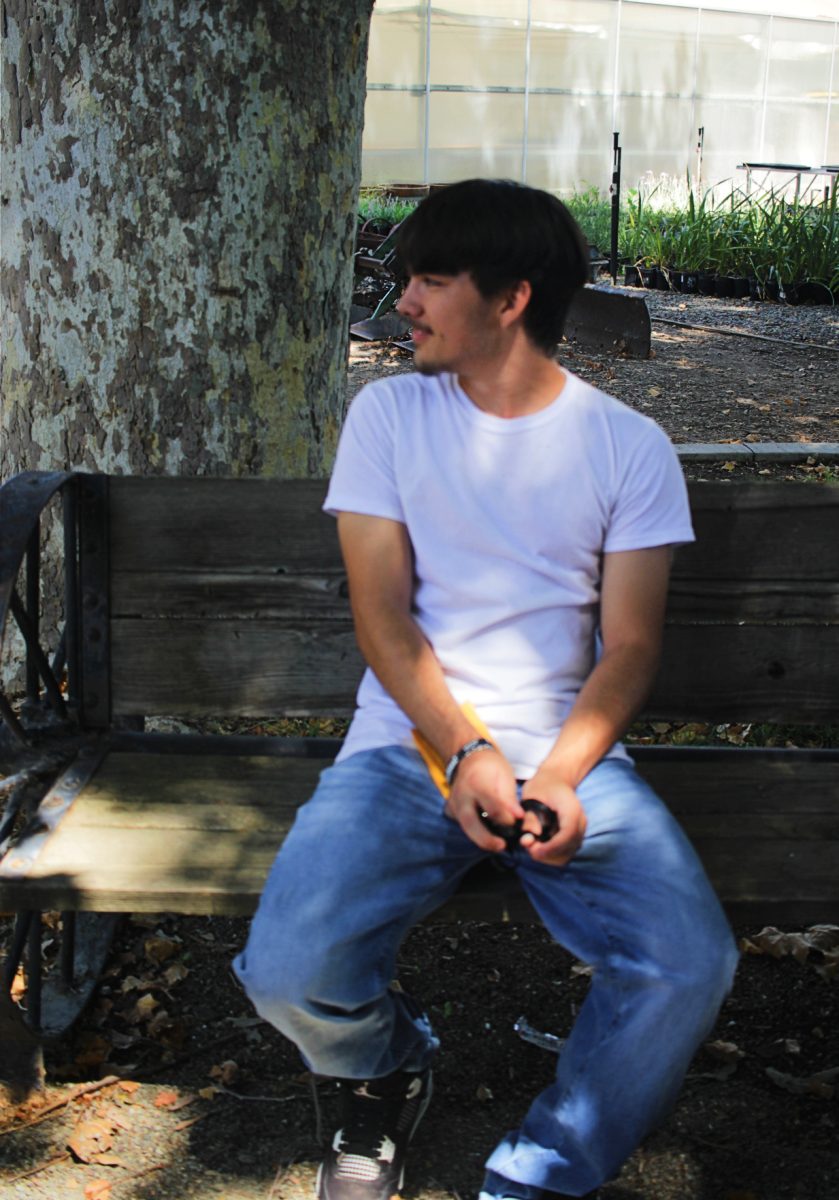Stapp had entered the military in 1944, soon he had completed the Medical field Service School in Carlisle barracks, Pennsylvania. He then went to work at the Lincoln Army Base in Nebraska, sent to Kansas assigned a general duty medical officer, sent to San Antonio for Aviation Medicine, and then was sent to Aero Medical Laboratory of the Wright Air Development Center in Ohio. At this development center, his first assignment was to test proposed oxygen systems in unpressurized aircraft above 40,000 feet, where he had often volunteered to be the test subject. After he succeeded in his test he was given the responsibility to study human body ability to withstand G forces during strong accelerations. In Muroc Dry Lake (Now it’s Edwards Air Force Base) was where Stapp had begun his research and even did his test’s there.
Stapp had made sixteen rocket sleds in his lifetime and had suffered many injuries each time he tested them. After Stapp made more sleds and gathered more data, he had been sent to Holloman Air Force Base, New Mexico in 1953, where he made the famous rocket sled named the “Sonic Wind” where he would set a world record for being “The Fastest Man On Earth”. Stapp had appeared on the news, magazine covers, the newspaper, and even had his own episode to a TV show called “This is your life!”. This made Stapp want to work on automobile safety and he even inspired companies to install seatbelts in cars and trucks for human safety. Although Stapp loved and wished for more rides on the Sonic Wind, the rocket sled had flown off the track and got badly damaged and wasn’t gonna work for a long time. So Stapp had to ride the “Daisy Track” which was safer than the Sonic Wind.
On a sunny day in 1954 , December 10th, at Holloman Air Force Base in New Mexico, a man named John Paul Stapp was strapped to a rocket sled and blasted more than 3,000 feet in a couple of seconds and stopped harshly which made his bones break, dislocate, and detached retinas. Despite all of his injuries, Stapp was able to see the next day. Even though Stapp was badly bruised and horribly shaken he was still able to walk away from the “Sonic Wind no. 1”. He suggested adding another rocket but his members said no due to it being extremely dangerous since the rocket sled went to 632 mph in just five seconds.
Stapp had made many experiments and studies but in 1967, Stapp had begun working with the International Highway Traffic Safety Administration as one of the medical assistants. While retiring from the air force as a colonel in 1970, he later on became a professor at the University of California’s Safety and System Management Center.
Stapp had retired from the university and became a NASA general surgeon, As well as the next president for New Mexico. Stapp had passed away on November 13, 1999, peacefully in his bed at 89 years old and is buried in Fort Bliss in Texas.







